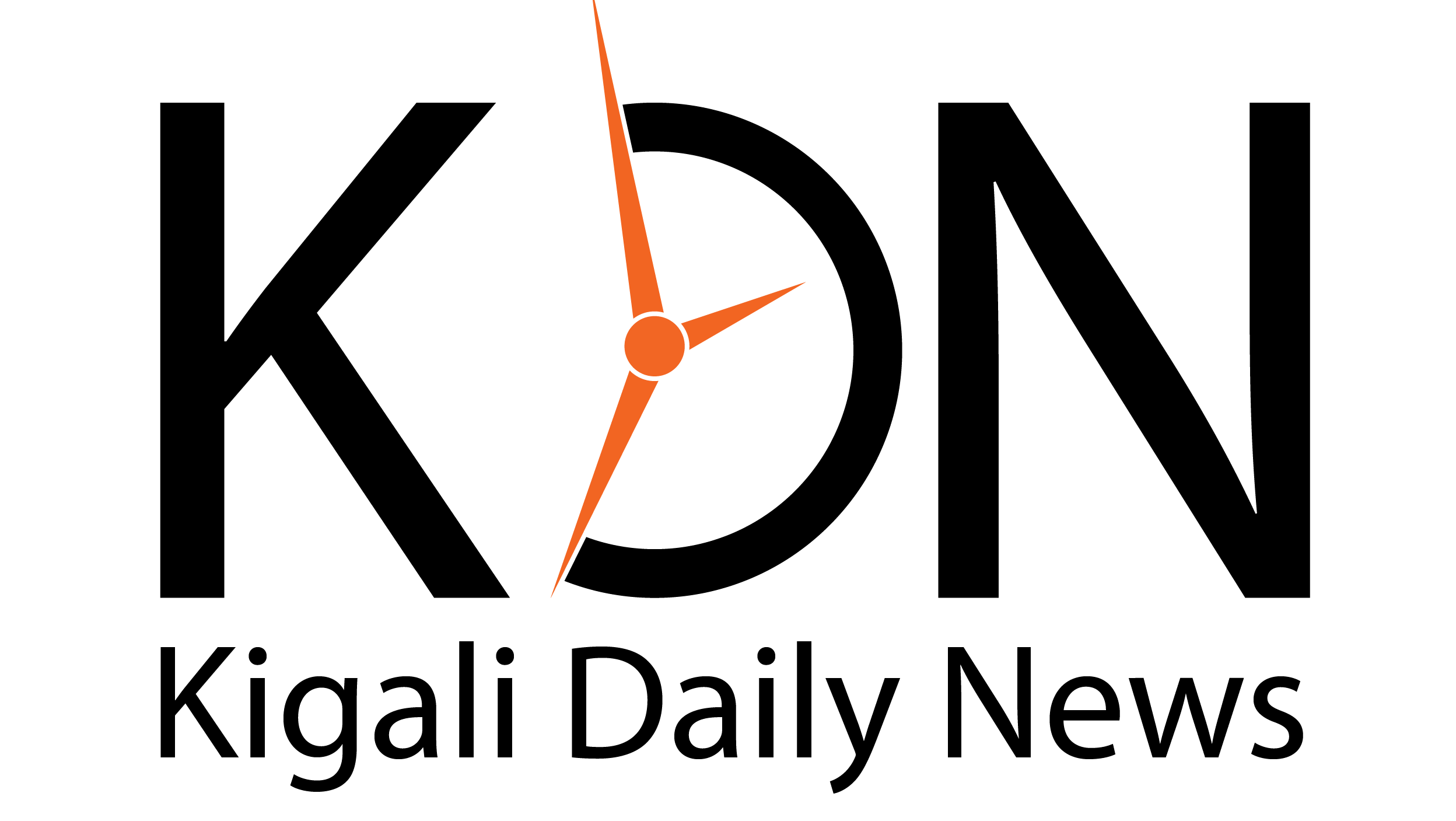President Vladimir Putin has ordered the conscription of 160,000 men aged 18-30, marking Russia’s highest draft numbers in over a decade as the country seeks to bolster its military forces.
The spring draft, requiring a year of service, follows Putin’s announcement that Russia will expand its total military personnel to nearly 2.39 million, with active-duty troops increasing to 1.5 million—a rise of 180,000 over three years.
Vice Admiral Vladimir Tsimlyansky assured that these conscripts would not be deployed to Ukraine as part of Russia’s so-called “special military operation.” However, reports indicate that conscripts have previously been sent to the frontlines and have suffered casualties, particularly in Russia’s border regions.
This draft cycle, running from April to July, comes despite U.S. efforts to broker a ceasefire in the ongoing war. On Tuesday, Ukrainian officials reported that a Russian strike on an energy facility in Kherson left 45,000 residents without power.
Although Russia declined a full ceasefire proposal, it claimed to have agreed to halt attacks on Ukraine’s energy infrastructure. Russian officials later suggested that ongoing Ukrainian drone strikes were responsible for continued hostilities.
Russia conducts conscription twice a year, in spring and autumn. The latest draft exceeds last year’s spring intake by 10,000. In 2023, the pool of eligible draftees expanded after the upper age limit was raised from 27 to 30.
Draft notices are being delivered both by mail and through Russia’s state services website, Gosuslugi. In Moscow, reports suggest that call-ups were already issued via the city’s mos.ru portal on April 1.
An increasing number of young Russians are seeking to avoid military service through “alternative civilian service.” However, human rights lawyer Timofey Vaskin warned that every draft since the war began has become a “lottery,” with authorities devising new ways to replenish the army.
Beyond its routine drafts, Russia has also significantly increased recruitment of contract soldiers and enlisted thousands of troops from North Korea. The Kremlin has been forced to compensate for heavy losses in Ukraine, with over 100,000 Russian military deaths verified by BBC and Mediazona.
Since launching the full-scale invasion in February 2022, Putin has expanded the military three times. In December 2023, Russia’s defense ministry justified its latest increase by citing “growing threats” from both the war in Ukraine and NATO’s ongoing expansion.
NATO has added Finland and Sweden in response to Russia’s aggression. Finland, which shares a 1,343 km (834-mile) border with Russia, announced plans to withdraw from the Ottawa Convention banning anti-personnel mines. Similar moves were made by Poland and the Baltic states, citing military threats from Moscow.
Finnish Prime Minister Petteri Orpo reassured citizens that this decision was based on military assessments and posed no immediate risk to the public. Finland also revealed plans to raise its defense spending to 3% of GDP, up from 2.4% in the previous year.



